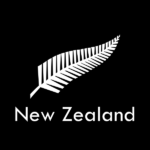NO WI-FI, NO WORRIES
Experience New Zealand's unique nature and wildlife. See New Zealand's icon, the Kiwi bird or explore the unspoiled landscape.
Get up close to wildlife. Whether you want to meet some playful dolphins, listen to native birdsong or visit an underground galaxy, New Zealand’s wildlife is sure to impress.
Whale watching
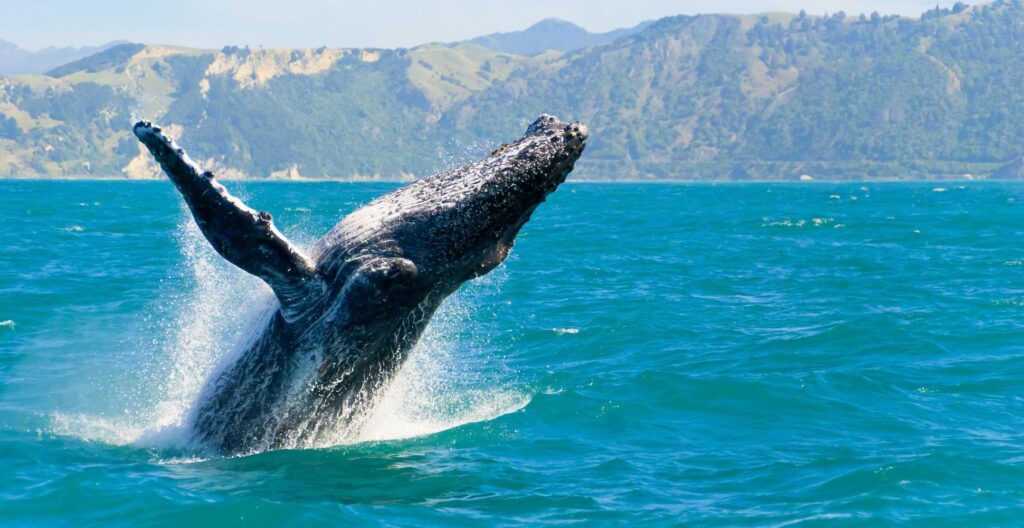
You can spot whales throughout New Zealand, including Auckland’s beautiful Hauraki Gulf and the wonderful Kaikoura.
Auckland is privileged to witness whales at play in the beautiful Hauraki Gulf Marine Park. Part of the Pacific Ocean, the Hauraki Gulf covers an area of 4000 km² surrounding the Auckland and Coromandel regions.
The park is full of a diverse range of rare and exotic ocean life. For example, the critically endangered Bryde’s whale is one such species that can be found in the Hauraki Gulf. Incredibly, over 25 of the 37 southern hemisphere marine mammals have been identified in the area, which makes up almost a third of the world’s population of these species.
Kaikoura, on the east coast of the South Island, is one of the only places in the world where you can easily see sperm whales.
Sperm whales, the largest of the toothed whales, grow to over 15 metres in length. They dive deep into the ocean to feed. The resident population of sperm whales at Kaikoura can be seen all year round. Orca (killer whales) may be seen from December to March, and humpback whales in June and July. Several dolphin species are seen almost daily in the area.
Bird watching
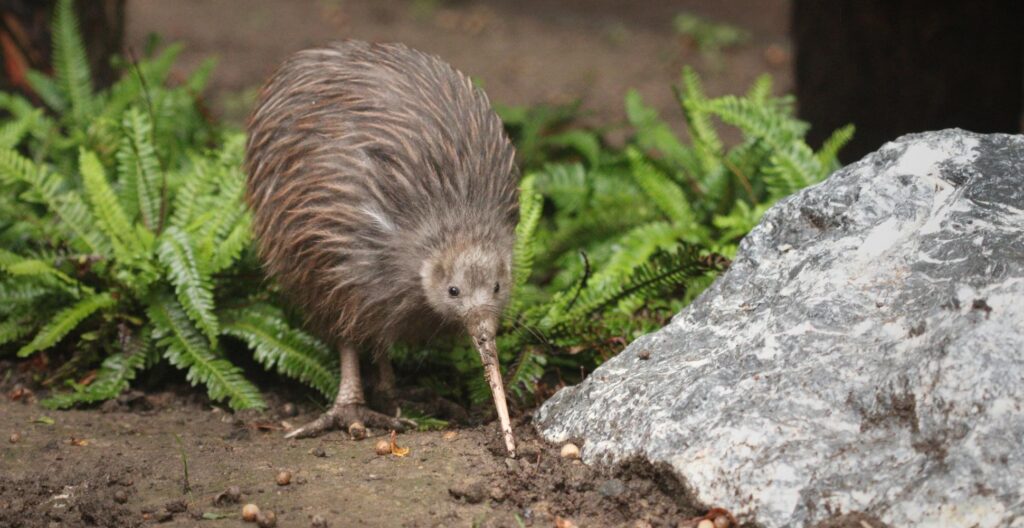
Before humans arrived New Zealand was a world of birds and plants. Here you will find some of the world’s most unique birdlife.
Birds are still some of our most colourful inhabitants and New Zealand is a bird-watchers’, or twitchers’, paradise.
Our most famous bird is, of course, our national emblem, the kiwi. About the size of a domestic hen, it has an extremely long beak and plumage that is more like hair than feathers. Though endangered, the nocturnal kiwi can still be seen in the wild in Northland and on Stewart Island. You can also see kiwi birds at wildlife enclosures throughout the country.
Pengiuns
New Zealand is home to three species of penguins, a unique group of charming, flightless seabirds that are at home on land and in the sea.
New Zealand has several places around the country to go on tours and penguin-spotting experiences. Keep our penguins and their colonies safe by giving them space when you encounter them. Avoid disturbing their natural behavior, especially when they’re nesting. Doing so helps contribute to their conservation.
Of New Zealand’s species, the korora, or little blue penguin, is the world’s smallest penguin. You’ll find these penguins when they come ashore at night in the Marlborough Sounds, Akaroa Harbour, Oamaru, Dunedin and Stewart Island.
The rare hoiho, or yellow-eyed penguin, is distinguished by its vivid yellow eye band. You’ll find them on the Otago Peninsula, just south of Dunedin and round the Catlinsregion. Dunedin offers the best wildlife tours, giving you an incredible close-up view of penguins, sea lions and fur seals in their natural habitat.
The rare Fiordland Crested Penguin (Tawaki), is a beautiful bird that lives in the rainforests of Haast, Lake Moeraki, Stewart Island and Fiordland in the South Island.
Explore an untamed land
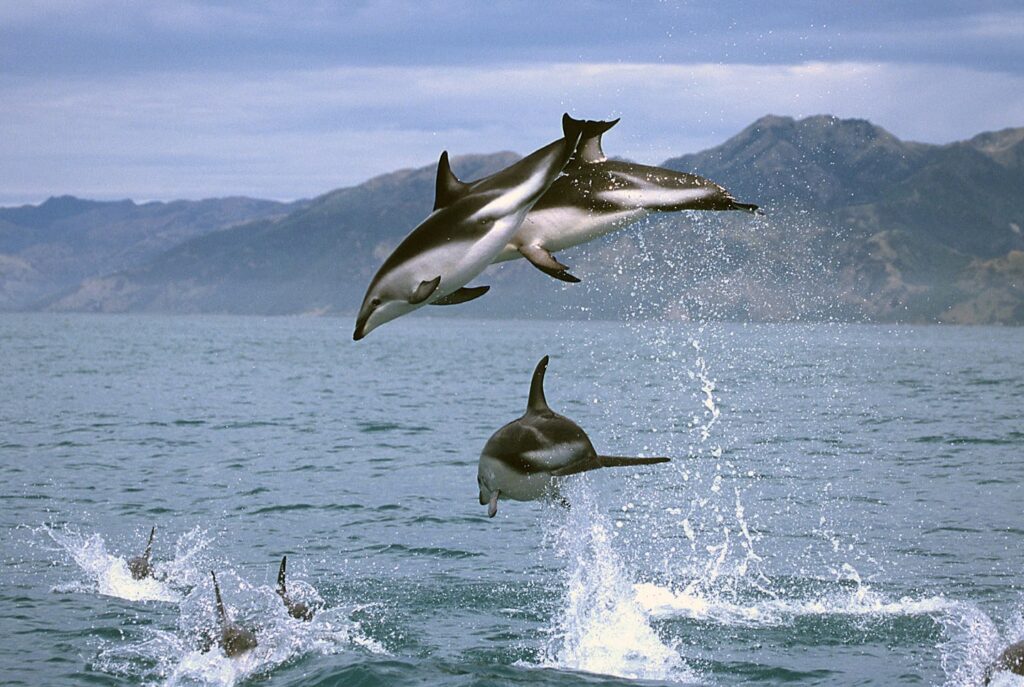
There are few places in the world where you can experience mountain vistas, ancient forests and stunning coastline within the space of a day.
New Zealand’s 13 national parks showcase more than 30,000 square kilometres of diverse, natural scenery ready to explore by foot, boat, car or air. Spend time in New Zealand’s national parks and you’ll begin to understand the soul of this place. Our national parks are treasured and preserve our natural heritage, forests, wildlife and landscapes, close to – if not exactly, as it was before people arrived here.
Visit Aoraki/Mount Cook – home to the darkest skies in the world
Dark, clear skies, unique celestial features and otherworldly landscapes make stargazing in New Zealand a breathtakingly magical experience.
Here, the heavens appear closer to Earth.
See constellations and shooting stars in glittering dark skies; much of New Zealand has no light pollution and is home to some of the most accessible observatories in the world.
Here are some of the best stargazing experiences in New Zealand.
Recently, 4,300 square kilometres of New Zealand’s South Island was recognised as an International Dark Sky Reserve, the largest reserve of this type worldwide. Covering much of the Aoraki/Mount Cook Mackenzie region, the Dark Sky Reserve has been labelled as one of the best stargazing sites on Earth.
For stargazing at Mount Cook, head to Big Sky Stargazing(opens in new window) at the foot of Mount Cook or join one of Dark Sky Project(opens in new window) (formerly Earth & Sky) tours at Tekapo’s Mount John Observatory. Here, you’ll enjoy professional telescopes and knowledgeable, passionate guides for an unforgettable stargazing experience.
Volcanic and geothermal
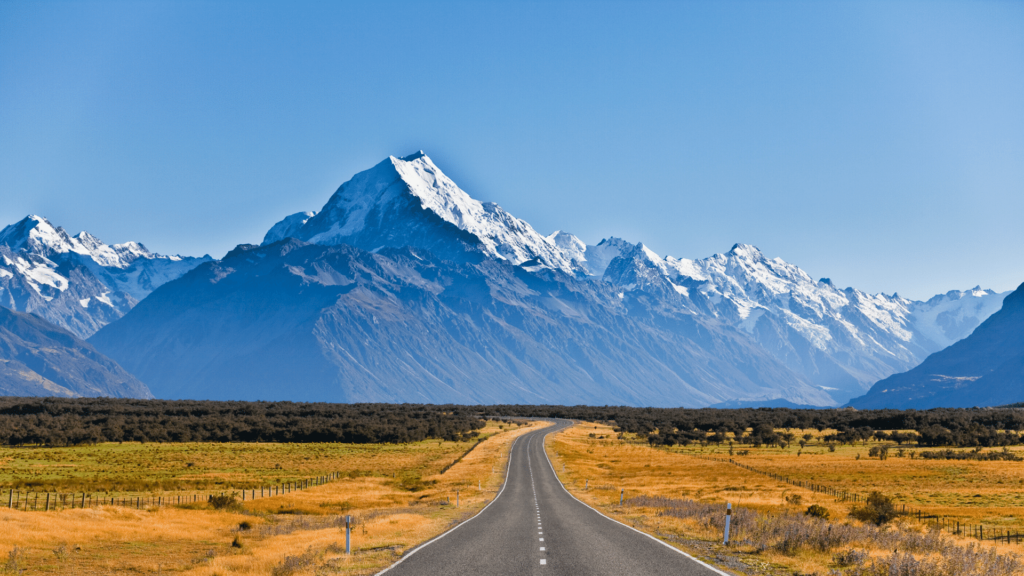
Explore places in New Zealand that have been shaped and coloured by volcanic and geothermal forces for thousands of years.
Watch boiling mud pools and geysers while feeling the heat underfoot from landscapes that hiss with steam. There are several walkways around Taupō and Rotorua’s geothermal areas that offer easy access and good views.
Here are the top spots to get closer to some of the best geothermal places in New Zealand.
Around Rotorua’s geothermal areas, you can see steam drift upward from parks, river banks and drains, carrying with it the unmistakable scent of sulphur in the air. Minutes from the city centre, geysers of boiling water roar from the ground and pools of bubbling mud gurgle and belch.
Hell’s Gate (Tikitere)
The ominous-sounding Hell’s Gate(opens in new window) is Rotorua’s most famous geothermal attraction. This sacred Māori site boasts 50 acres of mud pools, geysers, hot springs and the Southern Hemisphere’s largest hot-water waterfall.
Wai-O-Tapu Thermal Wonderland
The Wai-O-Tapu thermal wonderland(opens in new window) is located near Rotorua. This geothermal area features a number of exhilarating mud pools, geysers and sulphur pools. View the stunning Champagne Pool or marvel at the force of the Lady Knox Geyser.
New Zealand's Beaches

Ask any Kiwi where their favourite beach is, and they’ll all have a different answer. From north to south, here’s a few of the many, many stunning beaches.
- Maitai Bay, Northland
- Ninety Mile Beach
- Tāwharanui Regional Park
- Piha Beach
- Catedhral Cove
- Maunganui Beach
- Wharariki Beach
- Abel Tasman National Park

